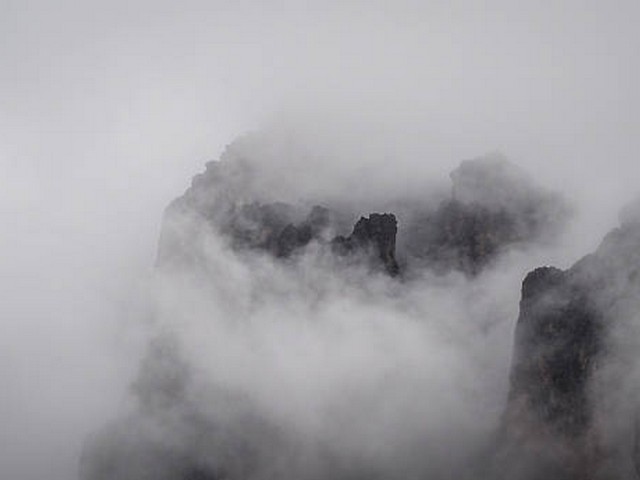Reach the Roof of Africa: Unveil the Success Secrets of the Lemosho Route on Kilimanjaro
Nestled in the heart of Tanzania, Mount Kilimanjaro rises like a beacon, calling adventurers from all over the globe to its snowy summit. For those drawn to this majestic mountain, the Lemosho Route offers a mesmerizing path that promises not just a trek but a journey of self-discovery. At Kilimanjaro Centre for Trekking and Ecotourism (KCTE), we specialize in transforming your climbing dreams into reality with an impressive success rate. This guide delves into why the Lemosho Route is your best choice for reaching the peak and how it maximizes your chances of a successful summit.
Why Choose the Lemosho Route for Your Kilimanjaro Trek?
The Path Less Travelled
The Lemosho Route is celebrated for its scenic splendor and optimal altitude acclimatization profile. It starts from the western side of Kilimanjaro at Londorossi Gate and spans approximately 70 kilometers, merging with the more popular Machame Route on the third day. The initial days of solitude amidst lush rainforests teeming with wildlife set Lemosho apart, offering a serene and gradual acclimatization experience.
Higher Success Rates
Statistics reveal that the Lemosho Route boasts one of the highest success rates among all the Kilimanjaro trails. With an average success rate hovering around 90%, this route provides trekkers ample time to acclimatize to the altitude, significantly increasing the likelihood of a successful summit.
Journey Through the Lemosho Route: A Day-by-Day Breakdown
Days 1-2: From Rainforests to Shira Plateau
Your adventure begins at the Londorossi Gate, where a gentle hike through rich montane forests awaits. This early phase is crucial for adjusting to the altitude while enjoying the tranquility and biodiversity of the region, possibly spotting elephants or the elusive Colobus monkeys.
Days 3-5: Merging Paths and Rising Altitudes
As Lemosho glides into the Shira Plateau, it merges with the Machame Route. The landscape shifts dramatically as you walk across the plateau, with wide, sweeping views of the mountain. These days are pivotal for acclimatization with climbs to higher altitudes followed by descents that prepare your body for the higher elevations to come.
Days 6-7: The Summit Push
After several days of gradual trekking, you approach the toughest part of the journey. You will start your ascent to the summit in the dead of night, trekking through the arctic zone. The goal is to reach Uhuru Peak by sunrise, where the horizon opens up to a breathtaking 360-degree view, making all your efforts worthwhile.
Day 8: Descent and Reflection
The descent is swift, retracing your steps back to the base. It’s a time for reflection on the personal and physical challenges you’ve overcome, with the mountain carving a lasting imprint on your spirit.
Training and Preparation Tips
Success on Kilimanjaro via the Lemosho Route is not solely about what happens on the mountain; it’s also about how well you prepare. Here are some tips to ensure you’re ready:
- Physical Training: Focus on cardiovascular fitness, strength training, and long hikes to condition your body.
- Mental Preparation: Mental resilience is as crucial as physical strength. Prepare to face unexpected challenges with a positive mindset.
- Gear and Equipment: Invest in good quality hiking boots, warm clothing, and a comfortable backpack. Don’t underestimate the mountain’s cold and varied weather conditions.
Why Trek with Kilimanjaro Centre for Trekking and Ecotourism (KCTE)?
Choosing the right tour operator is critical for your Kilimanjaro experience. At KCTE, we not only promise high success rates but also ensure safety, environmental responsibility, and a deeply enriching journey. Our experienced guides and crew are trained to provide you with the highest standards of service and safety, ensuring that your trek on the Lemosho Route is nothing short of spectacular.
FAQs About Lemosho Route Kilimanjaro Trekking
What is the best time to climb Kilimanjaro via the Lemosho Route?
The best times are during the dry seasons, from January to mid-March and from June to October. These months offer the clearest weather conditions and the least precipitation.
How difficult is the Lemosho Route compared to other routes?
The Lemosho Route is considered moderate to challenging. It is designed for gradual acclimatization, making it one of the easier routes physically, but the altitude can still present a significant challenge.
What are the chances of experiencing altitude sickness on the Lemosho Route?
While the risk of altitude sickness exists, the Lemosho Route’s longer itinerary allows for better acclimatization, significantly reducing the risk. Following your guide’s advice on hydration and pace can further mitigate these risks.
How long does it take to complete the Lemosho Route?
Most Lemosho treks are 8-day itineraries, although some choose to extend this to 9 days to allow for even better acclimatization.
Ready to Conquer Kilimanjaro?
Embarking on the Lemosho Route with Kilimanjaro Centre for Trekking and Ecotourism is more than just a trek; it’s an adventure that tests your limits and expands your horizons. With our expert guidance and high success rates, your dream of standing atop Africa’s highest peak is within reach. Are you ready to take the first step of this life-changing journey? Contact us today to book your Kilimanjaro climbing adventure and start packing your bags for an unforgettable experience!




